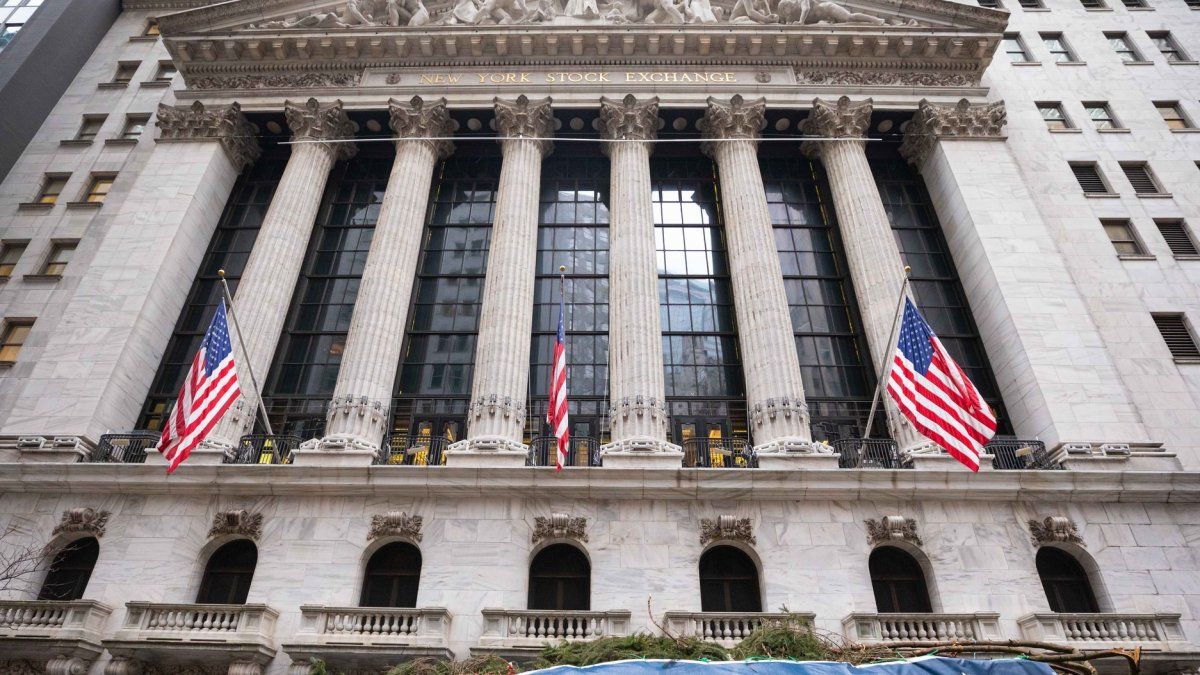Key hours are approaching for the United States Government. Lawmakers are rushing to find a solution to the budget impasse facing Joe Biden’s government before October 1, the date on which the federal government may run out of funds to pay for its operations. This can affect risk assets in Wall Street but it can also have a local impact.
Lack of agreement over debt
During the weekend, both democrats as republicans in Congress they warned that there is a possibility that an agreement will not be reached. However, the president of the House of Representatives, Kevin McCarthy one of the leading figures of the Republican Party, maintains hope of avoiding the closure.
McCarthy has faced internal opposition from conservatives in taxes and expenses, including support for Ukraine. A plan to create a 45 day extension on government funding to give lawmakers more time to reach a deal has also met with stiff resistance.
US debt at maximum levels: Republicans’ refusal
Latest budget showdown Washington comes just months after a battle over the US debt limit almost brought the world’s largest economy to the brink of a harmful non-payment. Hardline Republicans and allies of former President Donald Trump have expressed disapproval of the outcome of the fight over the debt limitsuggesting they are even less likely to support a new tax deal.
“In the last episodes, the closures have been one of the factors that have contributed to the turbulence in the stock markets, and we think it’s fair to assume the same has happened in the past,” RBC Capital Markets analysts noted in a note to clients. “Tense politics tend to be a symptom of tough times in general.”
markets-shares-finance-investments-wall-street
Depositphotos
Moody’s warning
The rating agency Moody’s warned that a partial ‘shutdown’ of the US federal government, known as a ‘shutdown’, would be “negative” for the sovereign debt rating and would put at risk its current rating of “AAA”.
Although public debt service payments would not be affected and a short-term shutdown is unlikely to disrupt the economy, it would underscore the institutional and governance weakness of the United States relative to other sovereign debts with ‘AAA’ rating that we have highlighted in recent years,” Moody’s explained about the potential stoppage of the world’s first potential on October 1.
Moody’s He assured that, specifically, he would call into question the “considerable limitations” that the “political polarization” exerts on politics just at a time of “fiscal weakness” fruit of a “growing deficit” and lower debt affordability.
“If short-lived, it would have minimal effect on the overall economy and our GDP growth forecasts,” Moody’s said. However, the effect would be “more pronounced“if the ‘closure’ is prolonged, “decreasing the business trust and consumers”, and causes an “adverse reaction in financial markets“.
Source: Ambito
I am a 24-year-old writer and journalist who has been working in the news industry for the past two years. I write primarily about market news, so if you’re looking for insights into what’s going on in the stock market or economic indicators, you’ve come to the right place. I also dabble in writing articles on lifestyle trends and pop culture news.




